Green Garden 1958
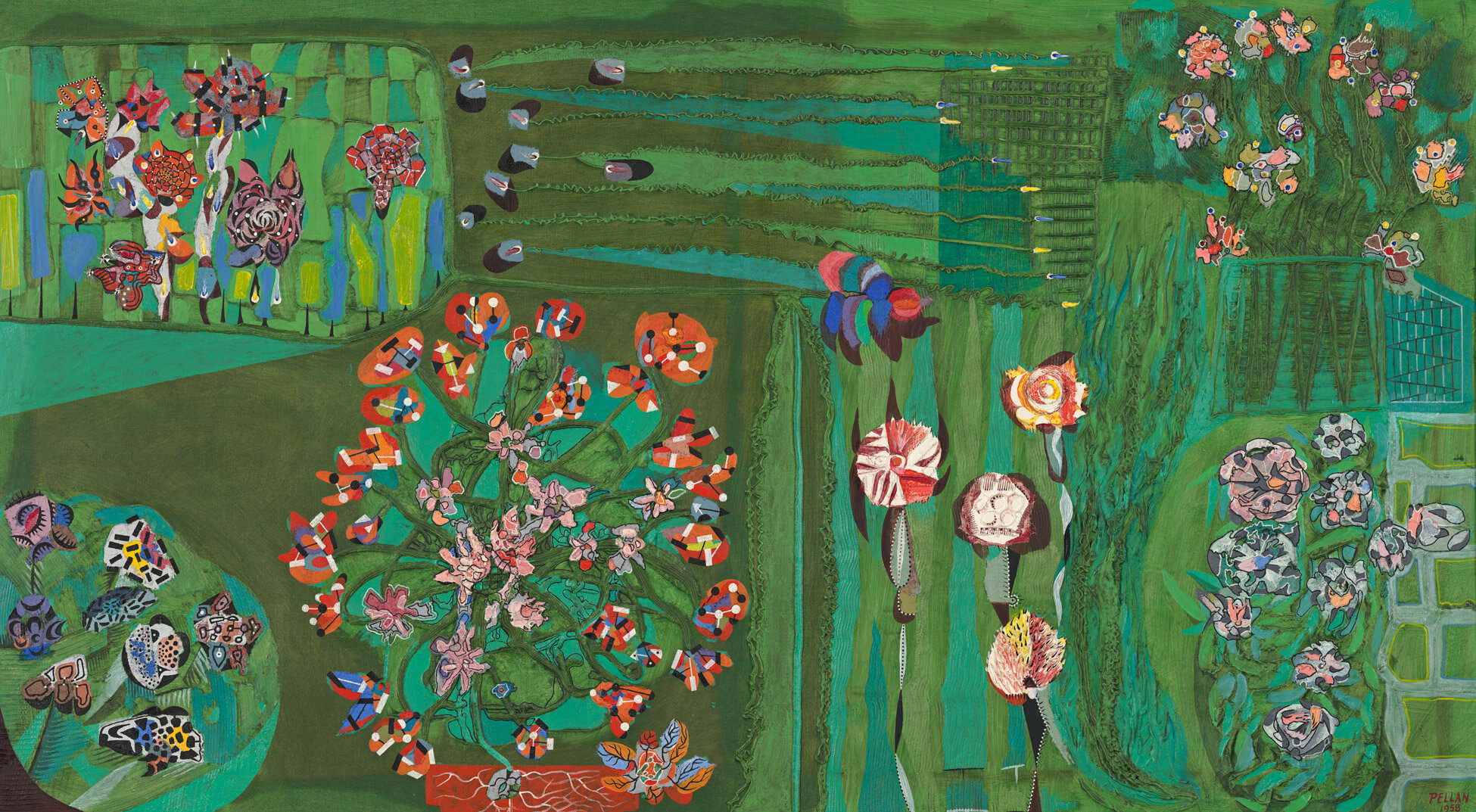
Alfred Pellan, Jardin vert (Green Garden), 1958
Oil and cellulose powder on canvas, 104.6 x 186.3 cm
Musée national des beaux-arts du Québec, Quebec City
Shown from a bird’s-eye view, a garden in bloom takes on the ordered rhythm of a grid, with dividing lines that are more relaxed than rigid. Against a background of variegated green shapes that stand in for dirt and grass, thickly applied daubs of colour burst forth to represent abstract plants and flowers. Jardin vert (Green Garden) is part of a series of garden paintings, each of which corresponds to a component colour of white light as filtered through a prism. All six paintings are quite similar in their saturated colour treatment, attention to materiality, and structural organization. A 1958 grant from the Canada Council helped Pellan complete the series, which was considered some of his finest work.
As Guy Robert (1933–2000), author of the 1963 biography of Pellan, wrote, “rarely has the brush contained so much poetry; rarely has the light seemed so subtle, the composition so elegant, and the skill so great.” In Green Garden, any reference to traditional landscapes has disappeared. Only the fertile, grassy soil remains, “cultivated by the hands of the painter ‘gardener.’” It covers the entire surface of the painting, unifying a network of horizontal and vertical lines that introduce a sense of structure to the composition. To achieve an illusion of depth, Pellan juxtaposes transparent layers of similar hues.
In the Garden series, “the primary quality, the basic quality, of everything which may appear and appeal to the senses and understanding, is colour.” The rich, vibrant paint is extremely dense; it is the material that creates the subject and shapes the plastic structures. To achieve this effect, Pellan used a seringue à glacer, or icing syringe. Emphasizing the thickness of the substance, he adds a sculptural quality to the painting: the flowers appear ready to be picked if only the viewer could reach out and break through the dimensional barrier of the canvas.
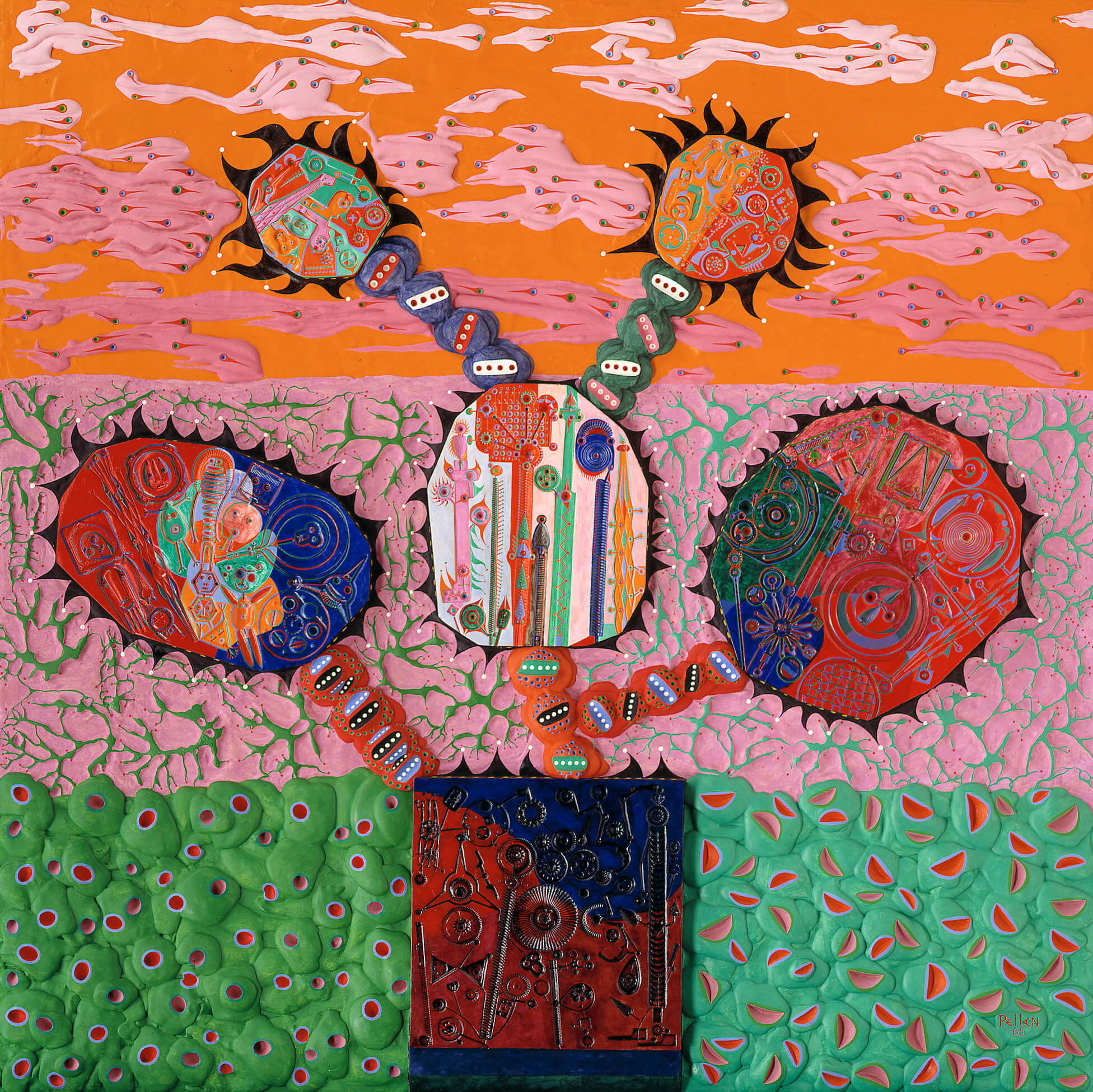
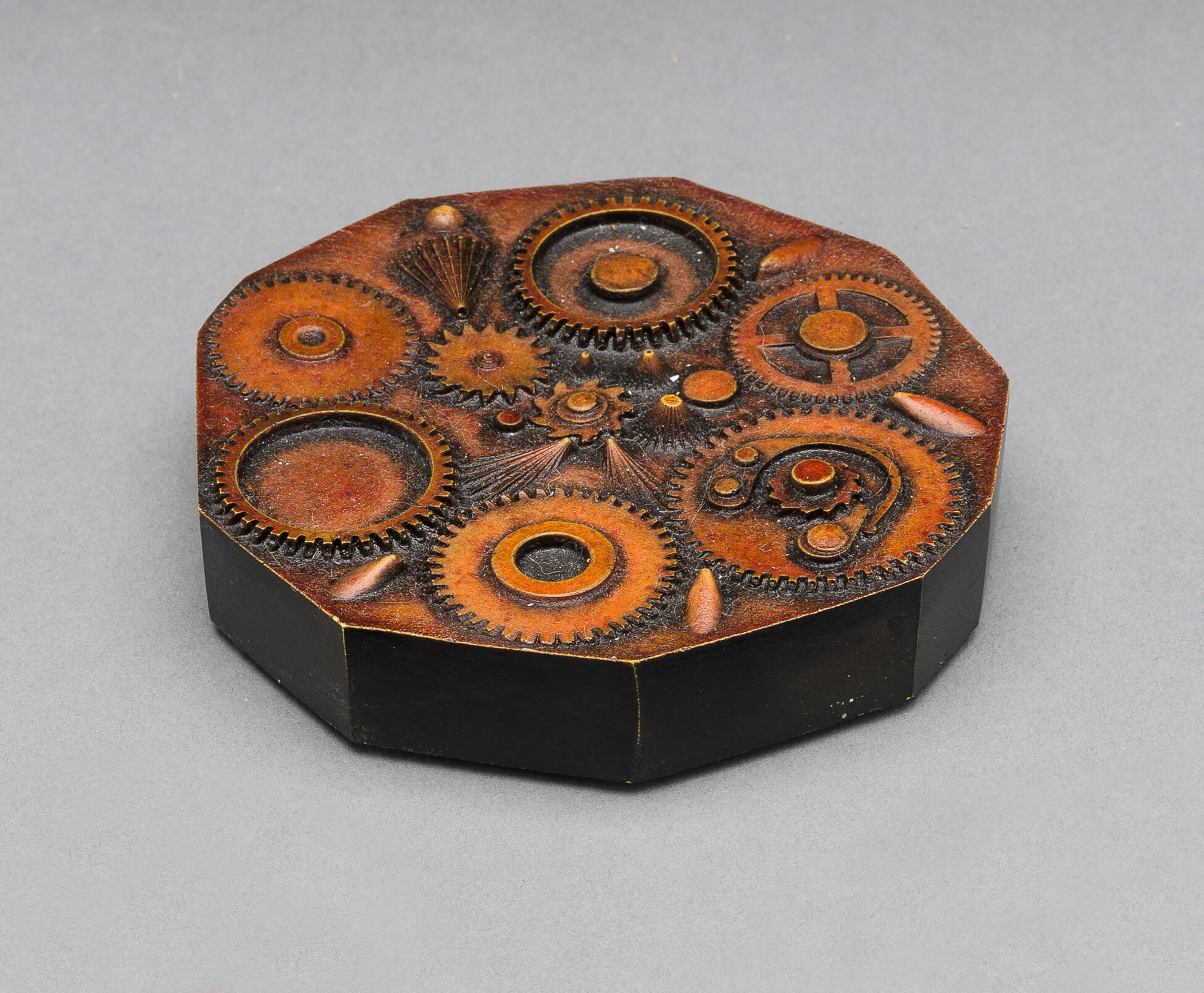
Incorporating elements of bas-relief into his experiments with the materiality of colour, Pellan would go on to add another layer to his Garden series. In Jardin mécanique (Mechanical Garden), 1965, the artist embedded plastic elements into the paint, creating a three-dimensional flower that resembles a windmill. The almost futuristic plant-machine appears to be in perpetual motion.
The luxurious vegetation and organic variations that Pellan showcases in the Garden paintings are characteristic of the artist’s work throughout the 1960s. He endeavoured to depict the natural world—but a “surreal” kind of nature, redefined by his own imagination. His pictorial language is simplified and the new compositions appear unrestricted by the complex drawings of his Surrealist-inspired paintings and sketches. Pellan uses only a few elements to create a new universe populated by rocks and plants, as well as organic cells, which are often bisected in the middle, like biological samples. These paintings exude a calming rhythm and sense of serenity. Even so, there is no clear break with his past work; rather, he draws on all the techniques he has learned in order to evolve it into something new.

 About the Author
About the Author
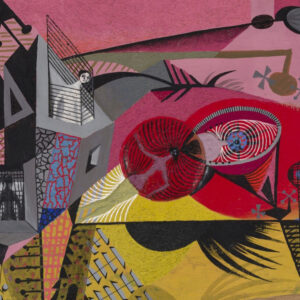 More Online Art Books
More Online Art Books
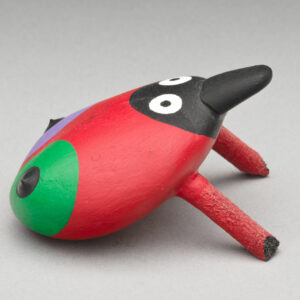 Acknowledgements
Acknowledgements